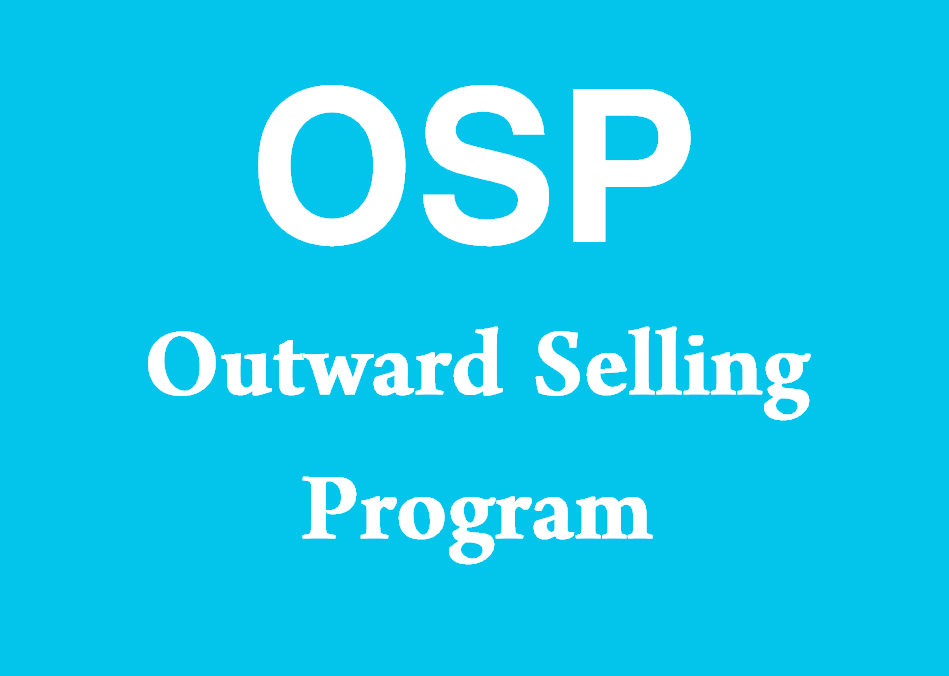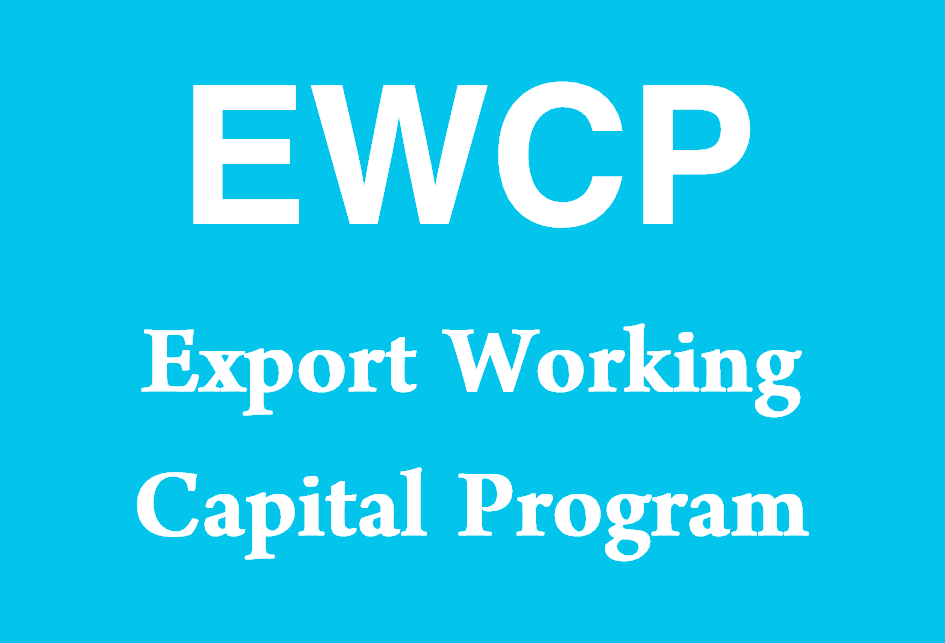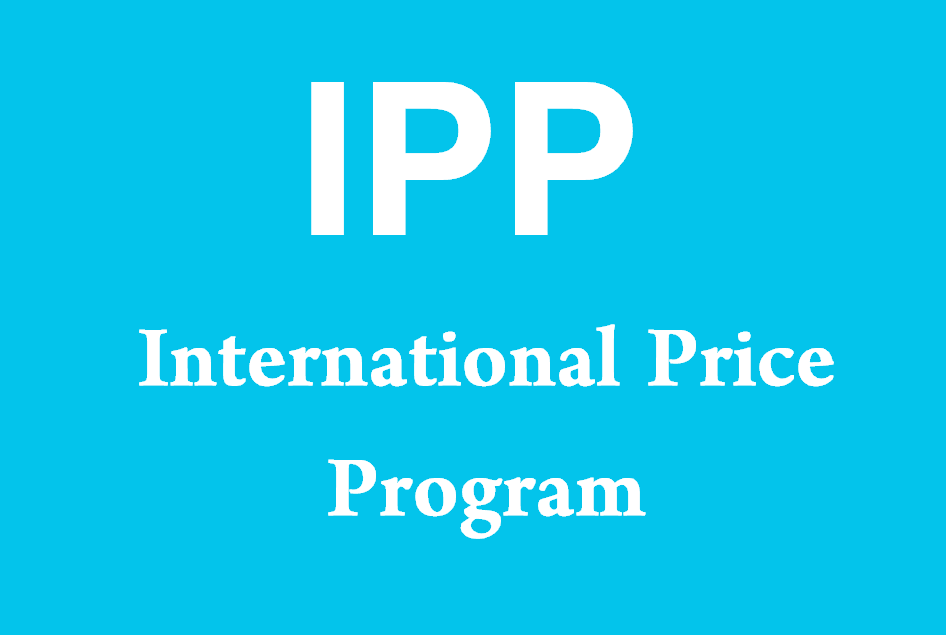What Does OSP Stand For?
The acronym “OSP” stands for Outward Selling Program. This term refers to a strategic initiative implemented by businesses to promote and sell their products or services in foreign markets. The Outward Selling Program encompasses various activities, including market research, advertising, establishing distribution channels, and participating in international trade fairs. By leveraging OSP, companies aim to expand their market reach, increase sales, and enhance their global presence.

Comprehensive Explanation of Outward Selling Program
Introduction to Outward Selling Program
Definition and Purpose
The Outward Selling Program (OSP) is designed to help businesses expand their operations beyond domestic borders by selling products and services in international markets. The primary purpose of OSP is to increase a company’s global market share, diversify revenue streams, and enhance competitiveness.
Historical Context
The concept of outward selling has evolved significantly over the years, driven by globalization and technological advancements. Companies have shifted from traditional export methods to more sophisticated OSP strategies that include digital marketing, strategic partnerships, and leveraging global supply chains.
Key Components of OSP
Market Research and Analysis
Market research is the foundation of any successful OSP. It involves identifying potential markets, understanding consumer behavior, analyzing competitors, and assessing market trends. This information helps businesses make informed decisions about where and how to sell their products.
Marketing and Promotion
Effective marketing and promotion are critical to the success of OSP. This includes developing a strong brand presence, utilizing digital marketing channels, engaging in social media campaigns, and participating in international trade shows and exhibitions.
Distribution Channels
Establishing reliable distribution channels is essential for delivering products to international markets. This involves selecting appropriate intermediaries, setting up logistics and supply chain networks, and ensuring compliance with local regulations and standards.
Sales Strategies
Developing tailored sales strategies for different markets is crucial. This includes setting competitive pricing, offering localized products or services, and employing local sales teams who understand the cultural and economic nuances of the target market.
Customer Support and After-Sales Service
Providing excellent customer support and after-sales service can significantly enhance customer satisfaction and loyalty. This includes offering multilingual support, local warranty services, and efficient complaint resolution mechanisms.
Benefits of Outward Selling Program
Revenue Growth
One of the primary benefits of OSP is the potential for significant revenue growth. By tapping into international markets, companies can access new customer bases and increase their sales.
Diversification of Markets
OSP helps businesses diversify their markets, reducing dependence on domestic sales and mitigating risks associated with economic downturns in the home country.
Competitive Advantage
Participating in global markets through OSP can enhance a company’s competitive advantage. Exposure to international competition drives innovation, improves product quality, and enhances overall business performance.
Brand Recognition
Successful OSP efforts can lead to increased brand recognition and prestige on a global scale. A well-recognized brand can command higher prices and build stronger customer loyalty.
Challenges of Outward Selling Program
Cultural Differences
Cultural differences can pose significant challenges to OSP. Businesses must understand and respect local customs, traditions, and consumer preferences to succeed in foreign markets.
Regulatory Compliance
Navigating the regulatory landscape of different countries can be complex and time-consuming. Businesses must ensure compliance with local laws, trade regulations, and industry standards to avoid legal issues and penalties.
Logistics and Supply Chain Management
Managing logistics and supply chains across borders can be challenging. Businesses need to establish efficient and cost-effective supply chain networks to ensure timely delivery of products.
Exchange Rate Fluctuations
Exchange rate fluctuations can impact the profitability of OSP. Companies must implement strategies to manage currency risks and protect their margins.
Implementing an Effective OSP
Developing a Strategic Plan
A well-defined strategic plan is essential for implementing an effective OSP. This plan should outline goals, target markets, marketing strategies, sales tactics, and resource allocation.
Building Partnerships
Building strategic partnerships with local businesses, distributors, and agents can facilitate market entry and enhance the effectiveness of OSP. These partners can provide valuable insights and resources to navigate local markets.
Investing in Technology
Investing in technology, such as e-commerce platforms, CRM systems, and data analytics tools, can streamline OSP operations and improve efficiency. Technology can also enhance customer engagement and drive sales.
Training and Development
Providing training and development programs for employees involved in OSP is crucial. This includes training on international sales techniques, cultural awareness, and regulatory compliance.
Case Studies of Successful OSP
Company A: Expanding to Europe
Company A, a leading electronics manufacturer, successfully implemented OSP to expand its operations in Europe. By conducting thorough market research, developing localized marketing campaigns, and establishing strategic partnerships with European distributors, Company A significantly increased its sales and market share in the region.
Company B: Penetrating the Asian Market
Company B, a global fashion brand, leveraged OSP to penetrate the Asian market. The company tailored its product offerings to suit local preferences, utilized social media influencers for marketing, and participated in major fashion events in Asia. As a result, Company B experienced rapid growth and brand recognition in the Asian market.
Future Trends in Outward Selling Program
Digital Transformation
The digital transformation of OSP is expected to continue, with companies increasingly leveraging digital marketing, e-commerce, and data analytics to reach global customers more effectively.
Sustainability and Ethical Practices
Sustainability and ethical practices are becoming more important in global trade. Companies implementing OSP must focus on sustainable sourcing, ethical production, and transparent supply chains to meet the expectations of socially conscious consumers.
Personalization and Customer Experience
Personalization and enhancing customer experience will be key differentiators in OSP. Companies will need to offer customized products, personalized marketing, and exceptional customer service to stand out in competitive international markets.
Notes to Importers
Introduction
Importing goods involves understanding the intricacies of international trade, including regulations, logistics, and market dynamics. This section provides comprehensive notes to importers, focusing on compliance, risk management, and strategic planning.
Compliance with Import Regulations
Import Licensing and Permits
Importers must obtain the necessary licenses and permits to bring goods into their country. This includes understanding the specific requirements for different types of products and ensuring all documentation is accurate and complete.
Adhering to Quality Standards
Imported goods must meet the quality standards set by the importing country. Importers should work closely with suppliers to ensure that products comply with local regulations and industry standards.
Customs Procedures
Understanding customs procedures is crucial for importers. This includes knowledge of tariff classifications, import duties, and required documentation to facilitate smooth customs clearance.
Risk Management Strategies
Hedging Against Price Volatility
Importers can use financial instruments like futures contracts and options to hedge against price volatility. These tools help mitigate the financial risk associated with fluctuating prices of imported goods.
Diversifying Supply Sources
Relying on multiple suppliers from different regions can reduce the risk of supply disruptions. Diversification ensures a more stable and reliable supply chain, mitigating risks associated with geopolitical instability or natural disasters.
Quality Control Measures
Implementing strict quality control measures is essential for ensuring that imported goods meet required standards. This includes conducting regular inspections, audits, and testing of products before shipment.
Strategic Planning and Forecasting
Long-Term Contracts
Establishing long-term contracts with suppliers can provide price stability and secure a consistent supply of goods. These contracts often include favorable terms and conditions negotiated based on mutual trust and reliability.
Scenario Analysis
Conducting scenario analysis helps importers prepare for various market conditions. By evaluating potential outcomes, importers can develop strategies to address different scenarios, such as supply shortages or price spikes.
Logistics and Supply Chain Management
Efficient Transportation
Choosing the right transportation methods is crucial for timely delivery of goods. This includes evaluating the pros and cons of air, sea, and land transport and selecting the most efficient and cost-effective options.
Inventory Management
Effective inventory management ensures that importers maintain optimal stock levels to meet demand without overstocking. This involves using inventory management systems and techniques like just-in-time (JIT) to optimize stock levels.
Warehousing Solutions
Selecting appropriate warehousing solutions is important for storing imported goods. Importers should consider factors like location, capacity, and cost when choosing warehouses to ensure efficient storage and distribution.
Building Strong Supplier Relationships
Communication and Collaboration
Maintaining open and transparent communication with suppliers is key to building strong relationships. Regular collaboration and feedback help address issues promptly and improve the overall supply chain.
Negotiating Favorable Terms
Negotiating favorable terms with suppliers, including pricing, payment terms, and delivery schedules, can enhance the efficiency and cost-effectiveness of import operations.
Evaluating Supplier Performance
Regularly evaluating supplier performance helps ensure that suppliers meet quality, delivery, and compliance standards. This includes conducting performance reviews and addressing any issues that arise.
Embracing Technology
E-Commerce Platforms
Leveraging e-commerce platforms can streamline import operations by facilitating online ordering, tracking, and payment processes. These platforms provide greater transparency and efficiency in managing imports.
Data Analytics
Using data analytics tools helps importers gain insights into market trends, demand patterns, and supply chain performance. This information can inform strategic decisions and improve operational efficiency.
Automation and AI
Implementing automation and artificial intelligence (AI) solutions can enhance various aspects of import operations, from order processing to inventory management and customer support.
Sustainability and Ethical Considerations
Sustainable Sourcing
Importers should prioritize sustainable sourcing practices to meet the growing demand for environmentally friendly products. This includes working with suppliers who adhere to sustainable production methods and ethical labor practices.
Reducing Carbon Footprint
Implementing measures to reduce the carbon footprint of import operations is crucial for sustainability. This includes optimizing transportation routes, using eco-friendly packaging, and adopting green logistics practices.
Ethical Trade Practices
Ensuring that imported goods are produced under ethical conditions is important for maintaining brand reputation and meeting consumer expectations. Importers should conduct thorough due diligence to verify the ethical practices of their suppliers.
Sample Sentences Containing OSP and Their Meanings
- The company launched a new OSP to expand its presence in Asian markets.
- Here, OSP stands for Outward Selling Program, referring to the company’s strategy to sell products in Asia.
- To improve international sales, we need to invest in a robust OSP.
- OSP in this context means Outward Selling Program, indicating the need for a strong strategy to boost sales abroad.
- The success of our OSP depends on effective market research and customer insights.
- This sentence uses OSP to denote Outward Selling Program, emphasizing the importance of understanding the market and customers.
- Our OSP has significantly increased our revenue from European markets.
- In this sentence, OSP refers to Outward Selling Program, highlighting its impact on revenue growth in Europe.
- Training our sales team on the new OSP is essential for penetrating the Latin American market.
- OSP here stands for Outward Selling Program, stressing the need for team training to enter a new market.
Other 20 Meanings of OSP
| Acronym | Full Form | Description |
|---|---|---|
| OSP | On-Site Processing | Processing activities conducted directly at the location where raw materials or goods are sourced. |
| OSP | Office of Special Projects | A specialized office within an organization responsible for handling unique or high-priority projects. |
| OSP | Open Source Platform | A platform based on open-source software, allowing users to modify and share the source code. |
| OSP | Outside Plant | Telecommunications infrastructure located outside of buildings, such as cables and equipment in the field. |
| OSP | One-Stop Portal | A single online portal that provides access to various services or information in one place. |
| OSP | Organizational Support Program | Programs designed to provide support and resources to enhance organizational performance. |
| OSP | Occupational Safety Plan | A plan developed to ensure the safety and health of employees in the workplace. |
| OSP | Optical Signal Processor | A device used in telecommunications to process optical signals for improved data transmission. |
| OSP | Online Service Provider | A company that provides internet-based services, such as web hosting or online software applications. |
| OSP | Operational Support Personnel | Personnel responsible for providing operational support in various industries, such as logistics and IT. |
| OSP | Official State Publication | An official publication released by a state government, often containing legal and public notices. |
| OSP | Outpatient Surgery Program | A medical program that provides surgical procedures that do not require an overnight hospital stay. |
| OSP | Outer Space Program | A program dedicated to space exploration and related scientific research. |
| OSP | Online Shopping Platform | A digital platform that allows consumers to purchase goods and services over the internet. |
| OSP | Outreach Services Program | Programs aimed at providing services and support to underserved or marginalized communities. |
| OSP | Optical Service Provision | The provision of optical network services, such as high-speed internet and telecommunications. |
| OSP | On-Site Production | Production activities conducted directly at the project or event location, often in media and entertainment. |
| OSP | Organizational Strategy Planning | The process of developing strategic plans to guide an organization’s direction and growth. |
| OSP | Offender Supervision Program | Programs designed to supervise and support individuals on probation or parole. |
| OSP | Online Survey Platform | A platform used to create, distribute, and analyze online surveys for research and feedback purposes. |


